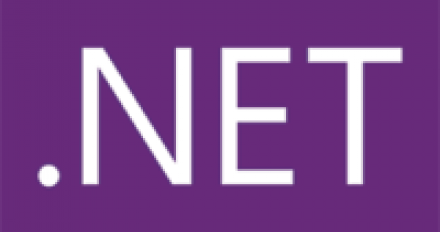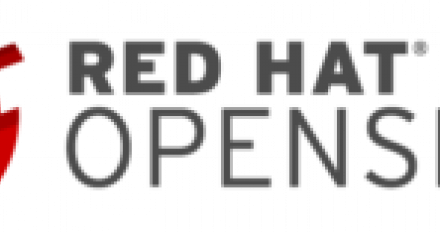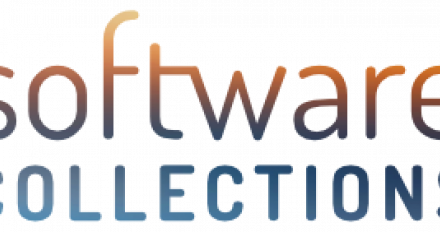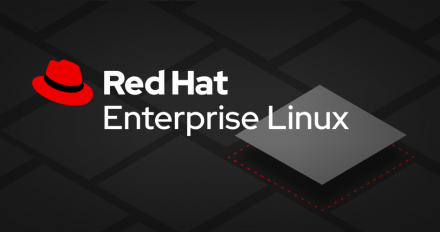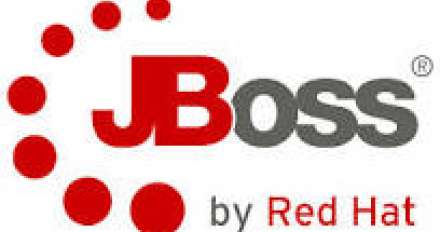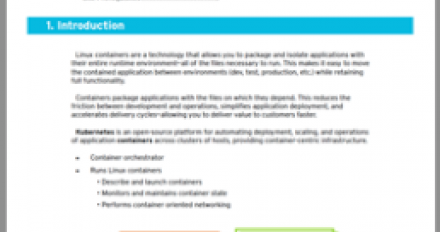
Article
Technical Cheat Sheets for Developers
Over the past few months, we’ve been building and releasing a variety of technical cheat sheets and we’ve been getting many requests for more. We are working on new cheat sheets every day, ok maybe not weekends, but almost every day. Here are the cheat sheets available today: Linux Commands Cheat Sheet , Advanced Linux Commands Cheat Sheet , Wildfly Swarm Cheat Sheet , Containers Cheat Sheet , MongoDB Cheat Sheet , Kubernetes Cheat Sheet and the Eclipse Vert.x Cheat...

